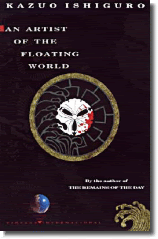
Title: Words on the move: Why English Won’t—and Can’t—Sit Still (Goodreads link)
Author: John McWhorter
Genre: Non-fiction
Published: September 2016
My Rating: 4 on 5
It is fascinating to read books about languages and to learn how language has evolved with time. It is as if the languages and words have their own timeline and laws of evolution. McWhorter’s book satiates the curiosity of any linguist books’ lover by packing it full of fun facts and tidbits about how English words have changed over time.
As the title states, McWhorter sets off the book with providing examples of how words take on new meanings and change forms and pronunciation over time. He starts off with a pet peeve of mine – people using literally, when they don’t mean it (“I am literally dying of thirst”) and seems to be totally cool with how people use it. By the end of this chapter, McWhorter had me convinced that it is perfectly okay to use it this way.
Another thing he changed my mind about is the trend of using nouns as verbs. It used to really irk me when people in my last organization used “ask” and “solve” as a noun. “What’s the ask” to mean “What’s the request?” Again, McWhorter questions my opinion by asking how I am okay with using the words “work” and “walk” as verbs as these words started off as nouns initially, but turned into verbs with usage.
While I enjoyed most of the book, I found the chapter on regional accents a tiny bit boring. This could have been because of the fact that I am not a native English speaker and I don’t really get the nuances of stressing different syllables.
McWhorter, being a linguist, has written a fascinating and enjoyable book. The topic is definitely interesting, but the writing kept me hooked too.
I thought of myself as a pedant, but this book mellowed me. I no longer cringe when people say “I literally blew up”. And I have started asking my colleagues, “What is the ask?”
If languages fascinate you, read this book.













































































































